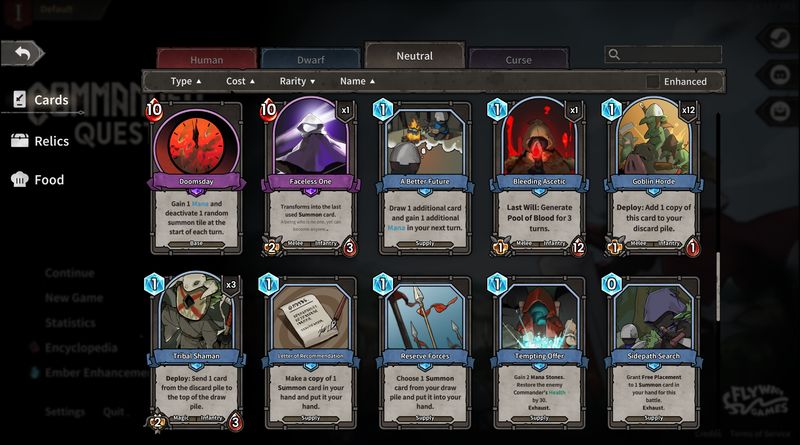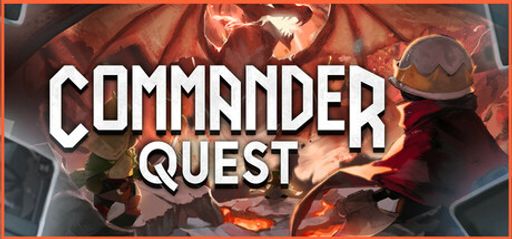I recently jumped into the exciting world of Commander Quest by Flyway Games. As someone who enjoys open-world adventures and tactical battles, I found this game to be a fun mix of deck-building, roguelike gameplay, and auto-battle strategy. It offers a fresh spin that blends card game tactics with battlefield strategy. In this review, I’ll give a close look at Commander Quest and share what stood out after many hours of play.
Overall Impression
Overall, Commander Quest shines in its genre thanks to its bold mix of ideas. The game blends the surprise of roguelikes with the planning of deck-building. This makes for a fresh and exciting experience, much like Slay the Spire. One player summed it up well: “It’s great – Slay the Spire clone with a twist, and that twist is auto-battling.” I felt the same. It’s familiar but also new. While auto-battling works great in large fights, it can take away control during key moments. Still, the game is fun and thrilling, even if some automated parts slow things down a bit.
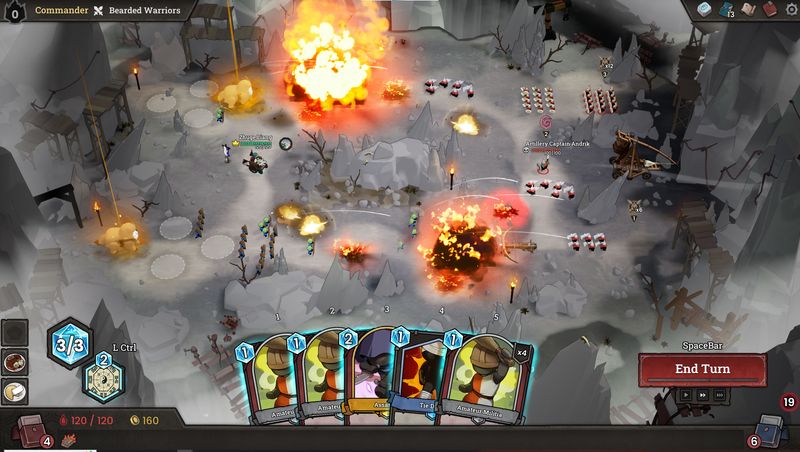
Gameplay Mechanics
The gameplay is one of the strongest parts. Drawing cards to summon units and plan your battle feels smooth and satisfying. You’ll need to think about enemy moves and time your actions well. Each card and unit has unique skills that can work together in powerful ways. I especially liked those moments when a small move led to a big win. Watching your team execute a perfect auto-battle feels like leading a well-trained squad.
On the flip side, the auto-battle system can sometimes take the pressure off tough choices. There’s a balance between smart planning and letting the system take over. That said, I still found the balance enjoyable. The deck-building also appeals to both new and experienced players. It keeps you thinking and adapting, which helps the game stay fresh. As one player said, “Very fun so far,” and I agree. No two fights feel the same, and that kind of variety is a big win for players who enjoy replayability.
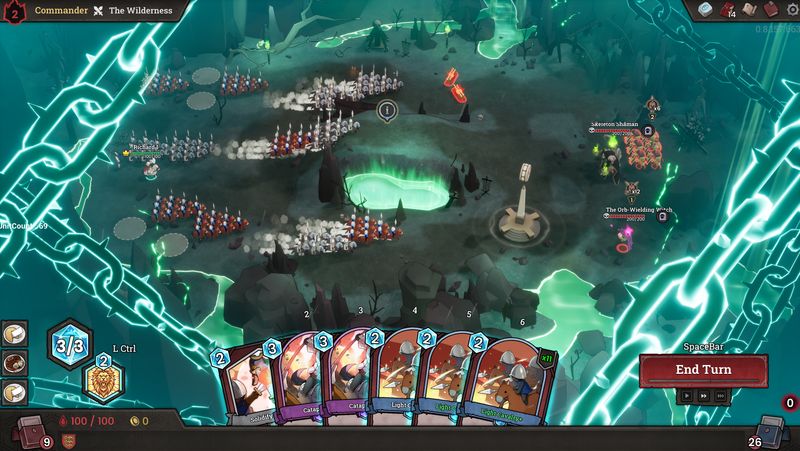
Story and Characters
The story and characters add extra flavor, though they don’t steal the spotlight from gameplay. The campaign gives a light story that supports, rather than leads, the action. I liked the fun cast of characters in the world. They’re memorable enough to care about, without distracting from the strategy. This isn’t a deep lore game, but it offers enough world-building to make battles feel grounded. The characters help guide you through a rich and ever-changing setting.
Visuals and Graphics
Visuals also play a strong role. The graphics are charming and detailed, mixing fantasy with modern digital art. The style fits the game’s tone and avoids getting repetitive. Each battle takes place in a unique setting that matches the area you’re in. The art is bright and layered, helping you feel part of the world. While the visuals won’t set a new standard for big-budget games, they’re polished enough to keep you hooked.
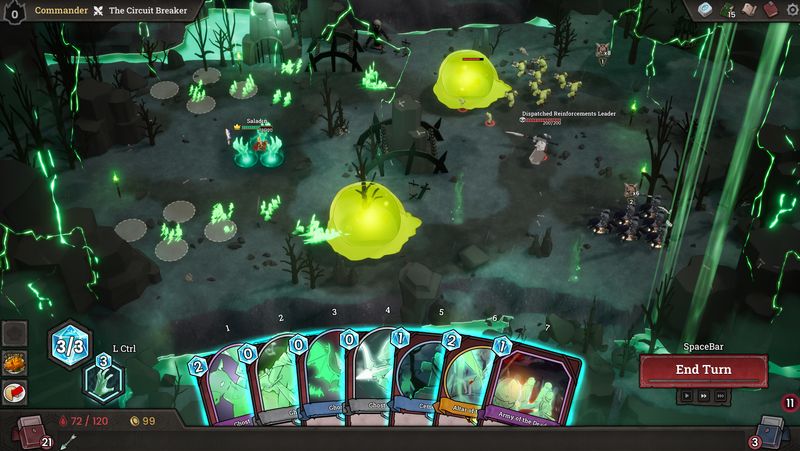
Sound and Music
Sound and music help set the mood. The soundtrack is well-made and fits the pace of battles. It adds excitement without being too loud. The sound effects hit at just the right times, especially during card plays and unit actions. Each move feels more intense thanks to these cues. While there’s room for better voice work, the current sound design still boosts the energy. Together, the music and effects keep the game engaging during long play sessions.
Difficulty and Replayability
As a long-time gamer, I pay close attention to difficulty and replay value. Commander Quest gets it right. The challenge grows as you move through the levels, rewarding smart play and flexible thinking. Because of the roguelike design, each run feels new. You never know what cards or enemies you’ll face, which keeps things interesting. The game rewards clever planning but doesn’t scare off new players. That kind of balance is hard to pull off—and it’s one of the game’s biggest wins.
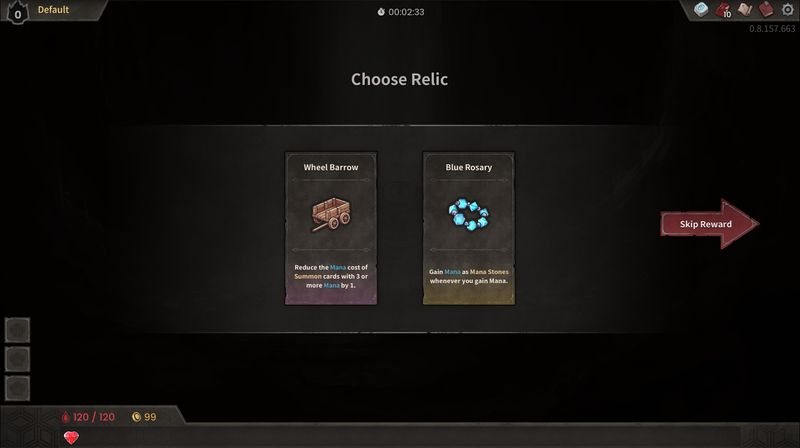
Reminiscent of classic card and roguelike hybrids, Commander Quest boasts intriguing behind-the-scenes trivia. Flyway Games is known for refining details that matter to the core mechanics. The developers worked tirelessly to balance the auto-battle system with interactive strategy elements. This milestone is evident in the game’s iterative design and polished mechanics. Their commitment to innovation makes it clear why the recent reviews have been positive. While all-time reviews are not yet available, early impressions signal that this game will hold its place among the favorites of strategy enthusiasts.
Conclusion
Commander Quest is a bold step forward in merging real-time challenges with thoughtful deck-building strategies. I encountered numerous moments where tactical planning translated into heart-pounding victories. The auto-battle twist adds an exciting layer to the familiar roguelike landscape, though it occasionally risks reducing personal player input. The art style, sound design, and balanced difficulty further cement the game’s appeal. As a dedicated gamer, I also valued the replayability offered by shifting decks and unpredictable enemy formations. Despite minor areas where control could be more direct, the overall experience remains exhilarating and engaging.
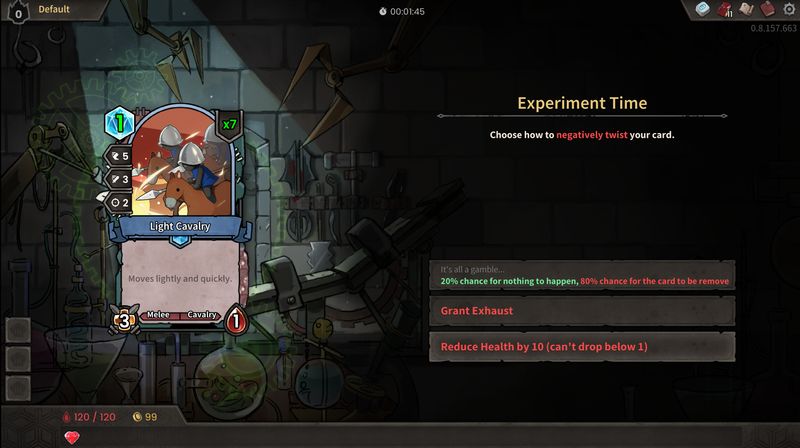
Based on my exploration of Commander Quest, I confidently award the game 4 out of 5 stars. The innovation in gameplay and artful merging of genres make it a must-try for fans of strategic challenges. However, I encourage potential players to approach it with the expectation of a balanced blend between direct action and automated sequences. Commander Quest is a commendable adventure that pushes the boundaries of its genre and warrants attention from gamers seeking fresh artistic and strategic expression.
